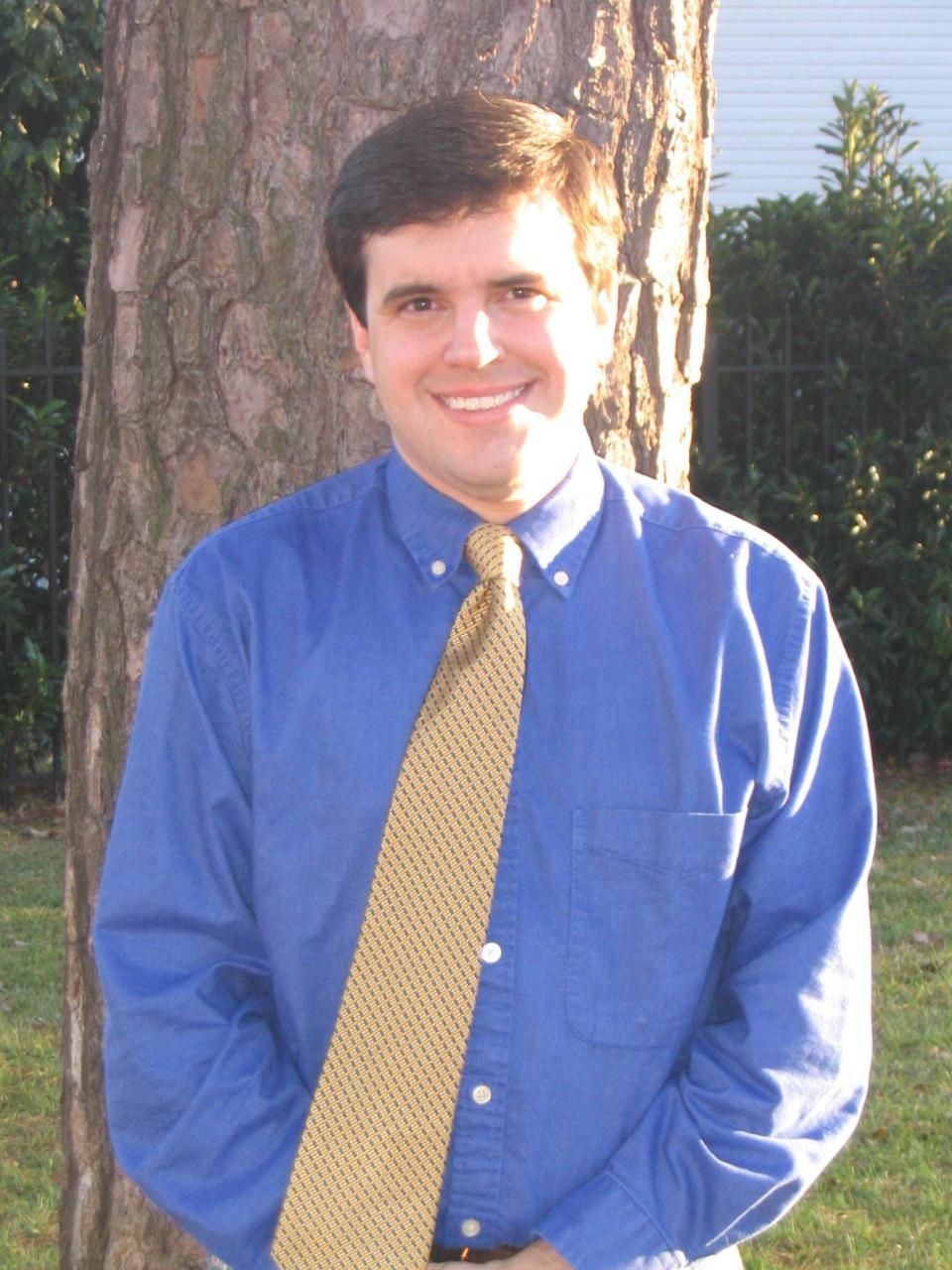Bridges: Bette Nesmith Graham's inspiration became office mainstay
- Oops!Something went wrong.Please try again later.
- Oops!Something went wrong.Please try again later.
An obstacle can be an opportunity for an enterprising spirit. This was the case for Texas inventor Bette Nesmith Graham. What had been an annoyance for typists led to the struggling single mother creating a new tool for offices and a multi-million dollar business. A single inspiration led Graham to invent the typing correction fluid she came to call Liquid Paper.

Born Bette Clair McMurray in Dallas in March 1924, she grew up in San Antonio. She was a difficult student in school as her stubborn personality led her to clash often with her teachers. As a result, she dropped out at age 17 and later completed night school. She married Warren Nesmith in 1942, and the couple had a son, Michael, later that year.
Her husband left to serve in World War II in 1942. After his return, the marriage collapsed; and the couple divorced in 1946. Newly divorced and having a young son to care for, she found a job as a secretary. Unfortunately, she did not know how to type very well, which was a vital office skill.
After her father’s death, Nesmith moved back to Dallas with her mother and sister. She accepted a secretarial position at Texas Bank and Trust in the early 1950s and eventually worked her way to the position of executive secretary. However, she still made mistakes when typing.
Typewriter erasers were available, but their effectiveness were limited to the kind of typewriter ribbon used and often did not erase completely. In professions where precision were essential to avoiding any type of legal problem, this meant absolute perfection with any typed document. As such, even the slightest mistake meant that the typist had to begin again. This wasted time and paper and caused considerable frustration, from newspapers to students typing reports to businesses eager for efficiency and perfection.
One day, she happened to observe some sign painters. While precision was important in their work as well, she noted that they did not start over completely when they made a mistake – they simply painted over it. Inspired, she began applying water-based paint to typing mistakes. Before long, other secretaries began to find out about her correction fluid, and it soon became a hit. She steadily refined the formula to make it dry faster and soon had a profitable side business selling her correction fluid to secretaries across Dallas.
By 1956, she was filling orders full time out of her home for “Mistake Out,” as she called it. Her now-teenaged son and his friends often helped fill the orders as demand steadily increased. In 1958, she changed the name to “Liquid Paper,” and applied for and received a patent and trademark for her product.
She soon received national attention for her innovation. In 1958, General Electric placed the first large corporate order, for 400 bottles. At that point, she started offering Liquid Paper in different colors as not all documents were on white paper.
Changes came to her personal life as well. She married Robert Graham in 1962. Her son, Michael Nesmith had grown up and developed a successful acting and musical career, eventually co-starring with the pop group The Monkees. In the meantime, Liquid Paper steadily grew.
By 1964, the company was producing 5,000 bottles per week. By 1967, the company was working out of its own factory site in Dallas. Ten years after she launched Liquid Paper, the company was making 10,000 bottles per day and made $1 million in sales for the first time (more than $8.7 million in modern dollars). The company sold one million bottles in 1970 alone.
Graham moved her company into a new, 35,000-square foot facility in Dallas in 1975. Remembering her own struggles, she made sure that the site had special amenities for her employees, including a library and a day care center. Employees noted that she was practical and generous and had made emphasizing quality over profit a focal point of the business. She established the Betty Claire McMurray Foundation in 1976, named after her mother, to help women in business.
As her health began to fail, Graham sold Liquid Paper to the Gillette Company, known mostly for selling razors, in September 1979 for $47.5 million (or more than $201 million in modern dollars). Graham died in May 1980 at the age of 56. In spite of the eclipse of the typewriter by the modern computer, Liquid Paper remains a popular product. Sometimes a simple observation and hard work can produce a multi-million dollar innovation.
Ken Bridges is a writer, historian and native Texan. He holds a doctorate from the University of North Texas. Bridges can be reached by email at drkenbridges@gmail.com.
This article originally appeared on Lubbock Avalanche-Journal: Ken Bridges Bette Nesmith Graham's inspiration became office mainstay

